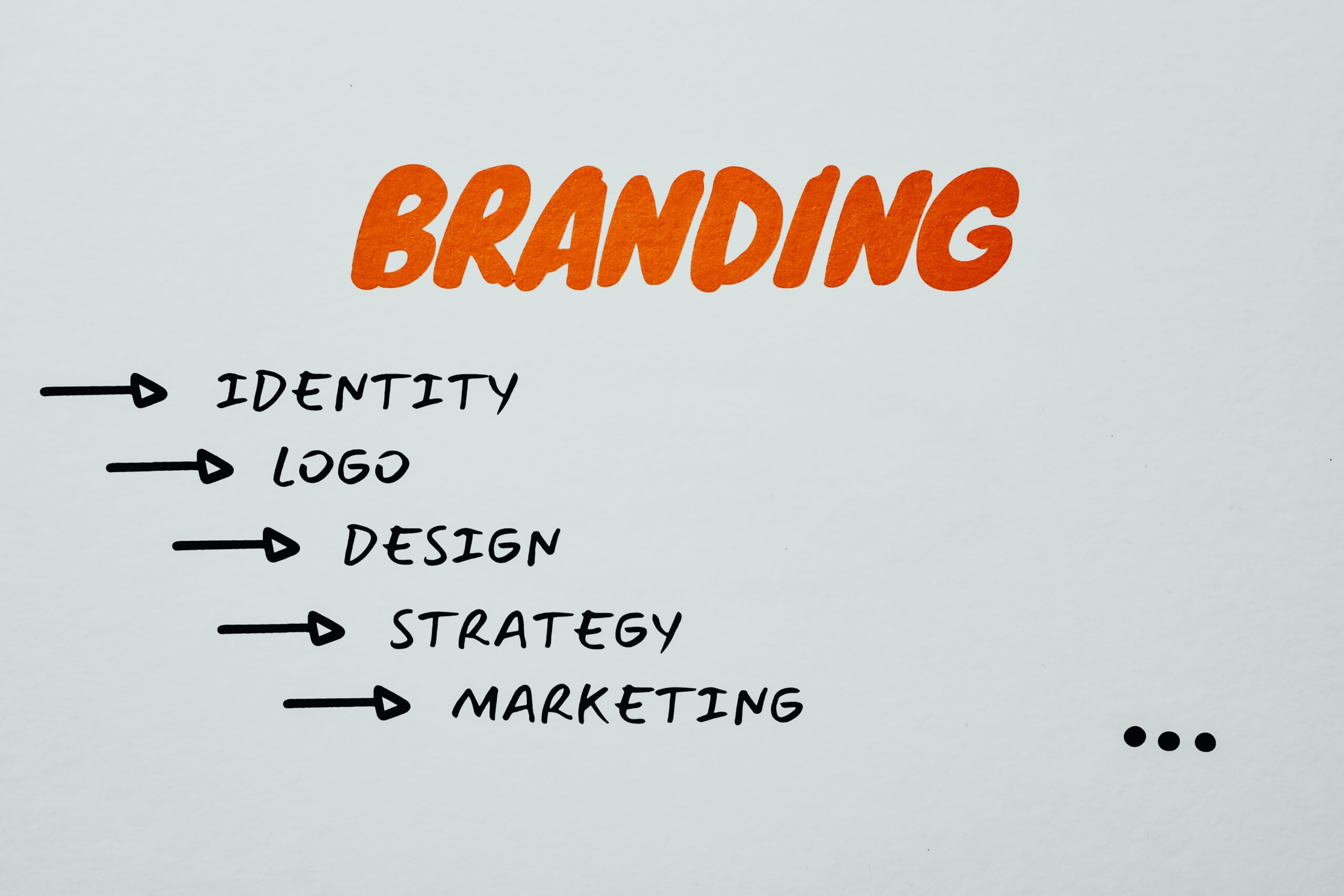Branding
What is Branding?
The term, branding as it applies to marketing, is the process of creating a unique and recognizable identity for a product, service, or company.
The Importance of a Brand Strategy
- A brand strategy helps a business stand out in a crowded market and fosters emotional connections with its customers, building loyalty and trust.
- It provides a unified direction for all company actions and communications, ensuring consistency across marketing, operations, and customer service.
- A strong brand strategy drives long-term business growth, attracts new customers, improves retention, and enables premium pricing due to enhanced perceived value.
- It acts as a decision-making compass for the team, improving focus, clarity, and internal alignment.

KJ Proweb™ delivers comprehensive brand consulting services designed to clarify your brand’s value, sharpen your messaging, and drive measurable results.
Strategic Brand Positioning: We analyze your market, competitors, and audience to craft a unique position for your brand.
Brand Development Agency Services: From visual identity to tone of voice, we build brands that resonate and endure.
Content Marketing Excellence: Our content strategies are tailored to reinforce your brand’s value proposition and engage your ideal clients.
Branding is about building and shaping in the mind of your target audience a perception of who you are and what you do through identity elements like logos, slogans, and values.
You Need a
Brand Strategy
Branding aims to differentiate a company from its competitors.
A brand strategy builds customer loyalty by articulating unique marketplace differentials, and a strong value proposition that establishes trusts.
